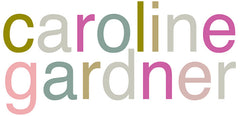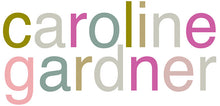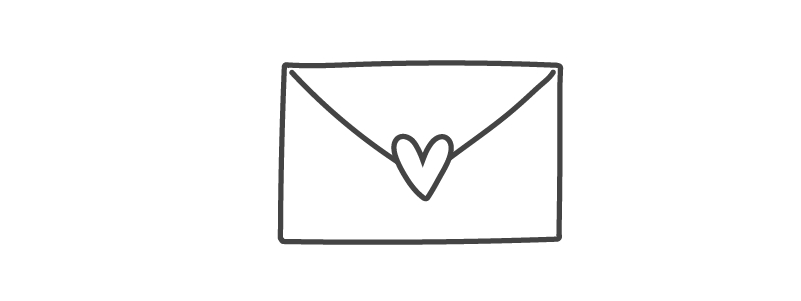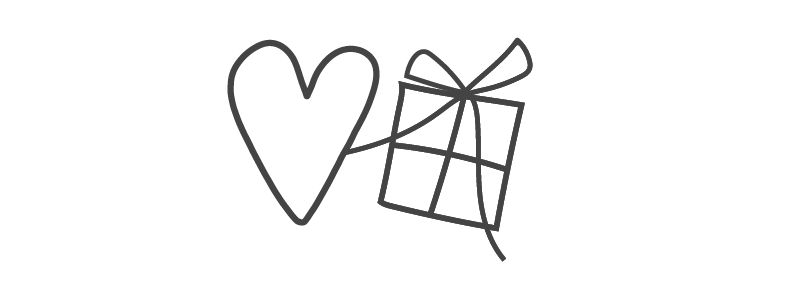Celebrate pride Month - Six Pride Flags explained
The rainbow flag has become one of the most famous symbols of the LGBTQ+ community. It was first designed in 1978 by Gilbert Baker, an activist, gay military veteran and drag queen who was asked by a politician to create a symbol for the gay community.
Since then, Pride flags have become a colourful symbol of queer identity and they have been evolving over time to represent every queer identity.
Below, we'll walk you through some of the LGBT+ flags.
The 2022 Pride official flag

The official flag for Pride 2022, designed by Valentino Vecchietti, is the Intersex-Inclusive Progress Pride Flag. This is an evolution of the original flag. Besides the six colours, the flag includes the colours from the trans pride flag, brown and black stripes to honour the contribution of people of colour to the gay liberation movement, and a yellow and purple triangle to incorporate the Intersex Pride Flag.
Below are the other 5 main flags and what they represent, as so much of what Pride stands for is education. The more we know, the more understanding of diverse sexual orientation, gender identities and expression we can all be.
Lesbian

The Lesbian flag was created in 2018 by artist Emily Gwen. It features different shades of pink and orange that respectively represent:
- Gender nonconformity
- Independence
- Community
- Unique relationships to womanhood
- Serenity and peace
- Love and sex
- Femininity
Gay

This gay flag was designed in 2019. The shades of turquoise and green represent community, healing, and joy, while the blues stand for true love, fortitude and diversity. Finally, the white includes gender non-conforming, non-binary, and transgender individuals.
Bisexual

Created in 1998, the bisexual flag features three stripes. The pink and blue come together, blending into purple in the middle of the flag, representing respectively the attraction to the same gender, to two or more genders and to a different gender.
Transgender

Designed in 1999 by Monica Helms, a trans woman and Navy veteran, the Transgender Flag features pink, blue and white. Light blue and pink are traditionally associated with baby boys and girls. The white stands for those who are transitioning or those who don't identify with any gender.
Queer

The queer flag was designed in 2015 for those who don’t identify or fit in to any label or group. The pink and blue shades symbolise same-gender attraction, while the orange and green are featured to include non-binary individuals, Black and white are instead for people on the asexual, aromantic and agender spectrum.






